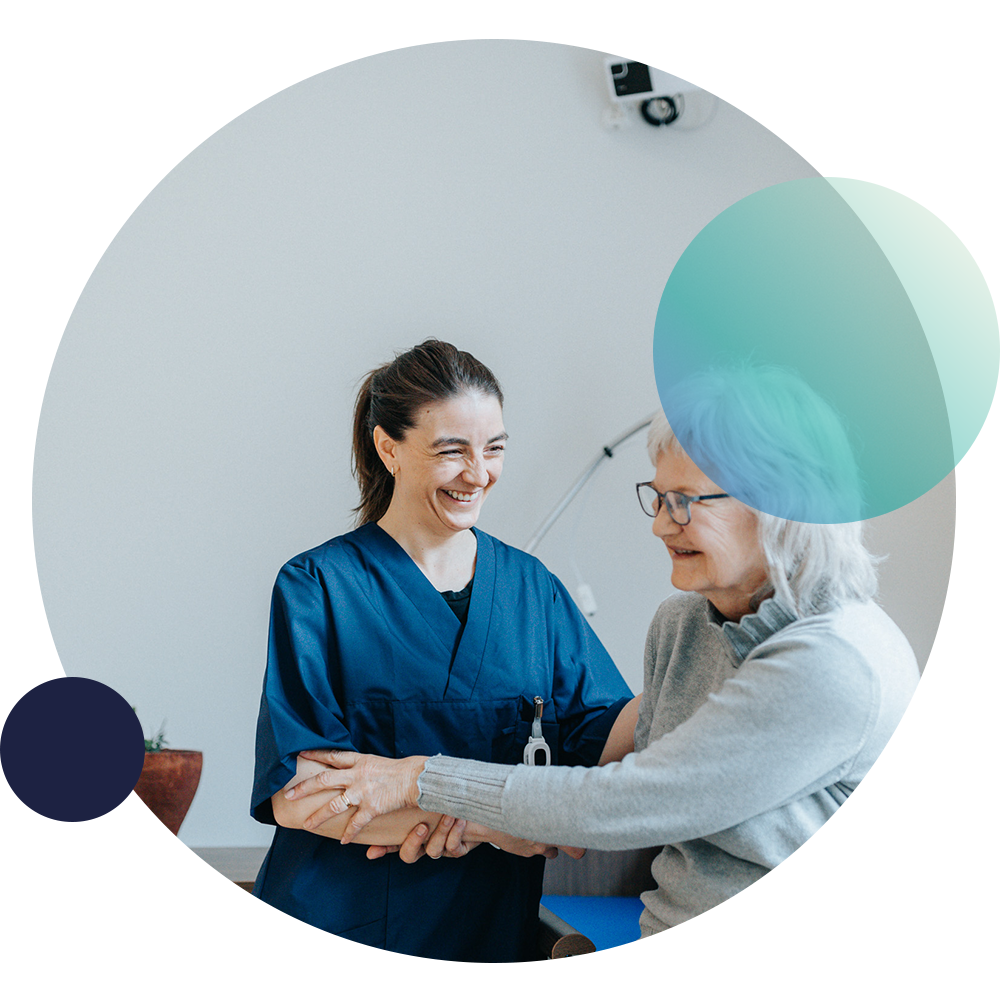Security for residents and patients
Whether the person is able to notify themselves or not, today's modern nurse call systems can ensure that care workers are notified when the resident needs help.
Solutions suited to every occasion
A nurse call system consists of a number of different sensors and technologies. These are linked together in a common eHealth platform and give care workers full control over incoming alerts.
Providing peace of mind for care workers
Care workers cannot be in several places at once. With a nurse call system, you are confident that you will be notified if a resident needs help, and you can prioritise accordingly.
Sensio offers several state of the art solutions for a nurse call system
We have everything from world-leading products to good budget solutions for a nurse call system - all gathered in our eHealth platform. Not sure what suits you best?
Read more below or contact us for a free consultation.
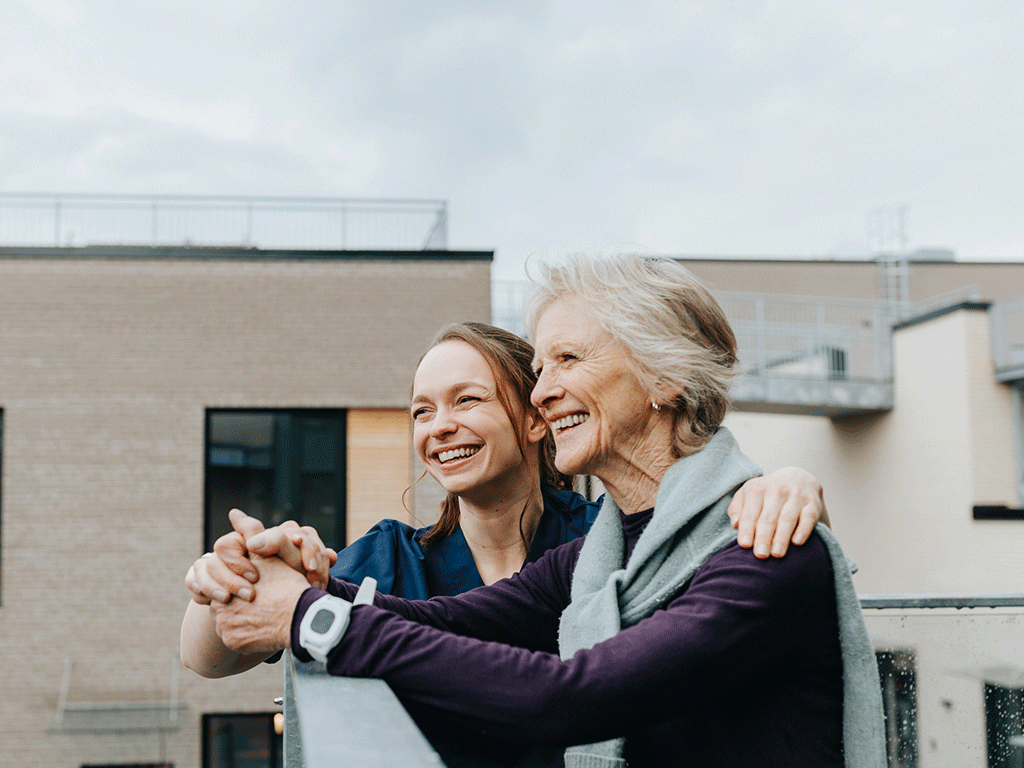
Sensio Care
Our product range with different warning sensors. These can be specially adapted to your unique need for a nurse call system.
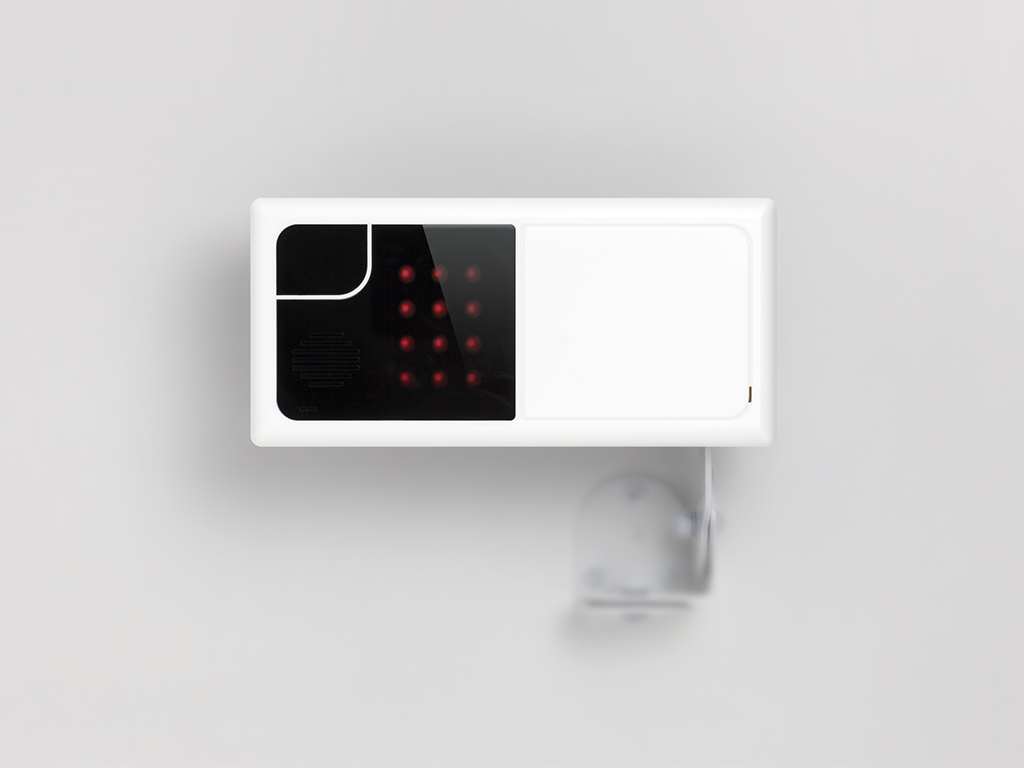
RoomMate
A revolutionary multifunctional sensor that watches over residents and passively warns if potentially dangerous situations arise.
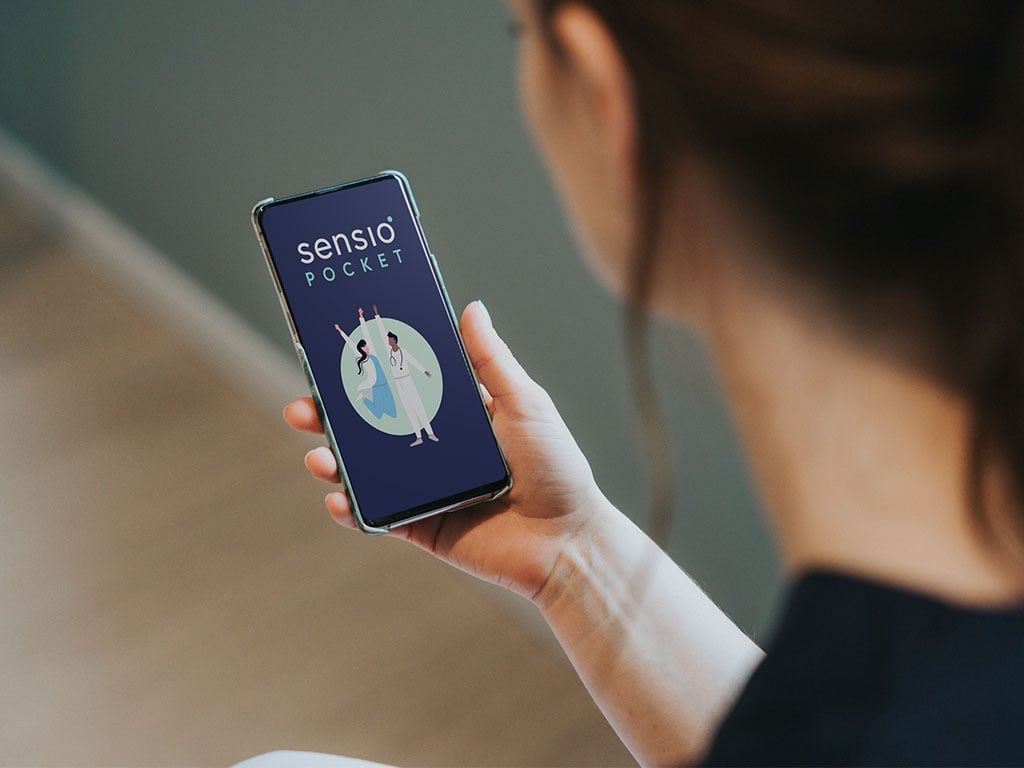
Sensio Pocket
Our user friendly interface for healthcare professionals, accessible on a vast amount of devices and screens. Provides an overview of all alerts from all connected sensors and technology.
What is a nurse call system?
A nurse call system is health technology that enables residents or patients to notify care workers when they need help. It can either be technology that the resident must activate themself by pressing a button or pulling a cord, or more advanced technology that will passively and automatically notify if potentially dangerous situations arise that may require help from members of the care team.
Some nurse call systems have an inherent problem in that all the alerts sound throughout the whole building when the alerts ideally should only go to the relevant care staff on their relevant screens, like their handhelds. A modern nurse call system solves this problem and directs the alerts to the right health staff, making the nurse call system more targeted and making the work environment more pleasant.
Examples of devices in a nurse call system are: alarm buttons, cord pulls, fall alarms, motion detectors, digital supervision, fire alarms, electronic door and window locks, and localisation technology.
Why use a nurse call system?
A nurse call system provides reassurance for residents, patients, relatives and care workers that they will be notified if help is needed.
How to best use a nurse call system?
A nurse call system comes in many forms and different functions. The most advanced ones, such as RoomMate, cover a number of different functions such as performing digital supervision and automatically alerting and preventing dangerous situations such as falls. All sensors should be able to be integrated together on a common eHealth platform so that care workers get a user-friendly and uniform interface, where they can monitor alarms and events both on their mobile and on common screens in the nurses' station.
Who can use a nurse call system?
Nurse call systems are widely used in healthcare settings, including care homes and hospitals, but also in-home care.
At Sensio, you are in good hands - read what our customers say:
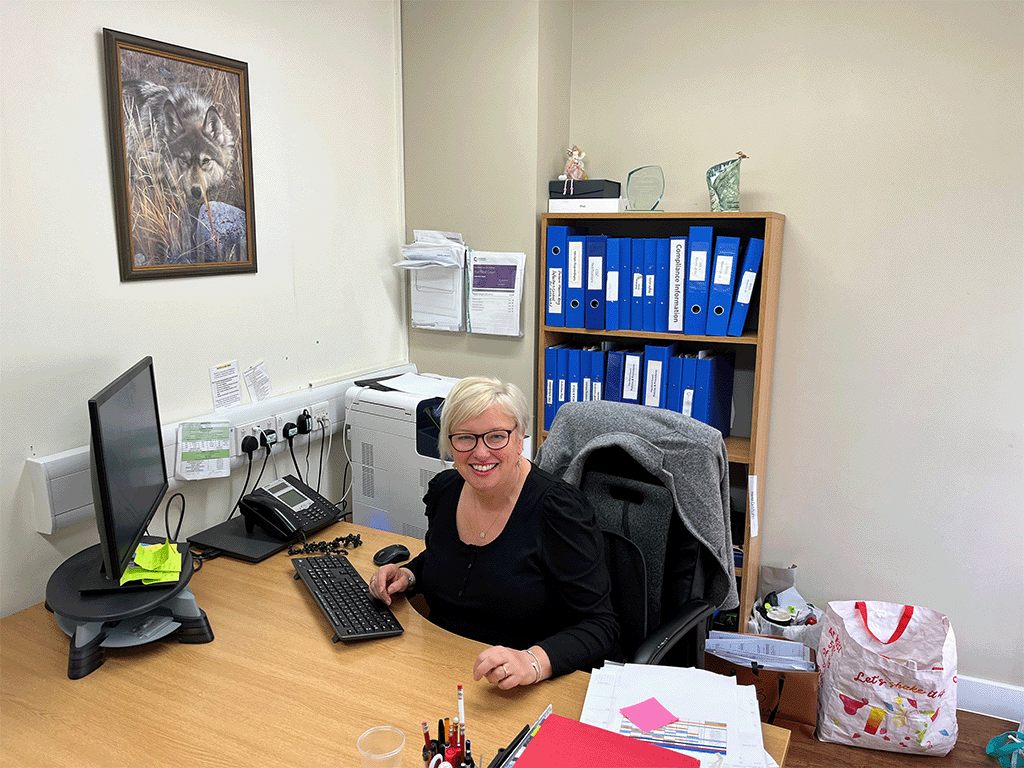
Hartford Care reduces falls with revolutionary safety sensor
Falls are one of the biggest challenges in elderly care. Hartford Care was the first care home in the UK to trial a pioneering technology to reduce falls. What are their experiences a couple of months after implementing the technology?
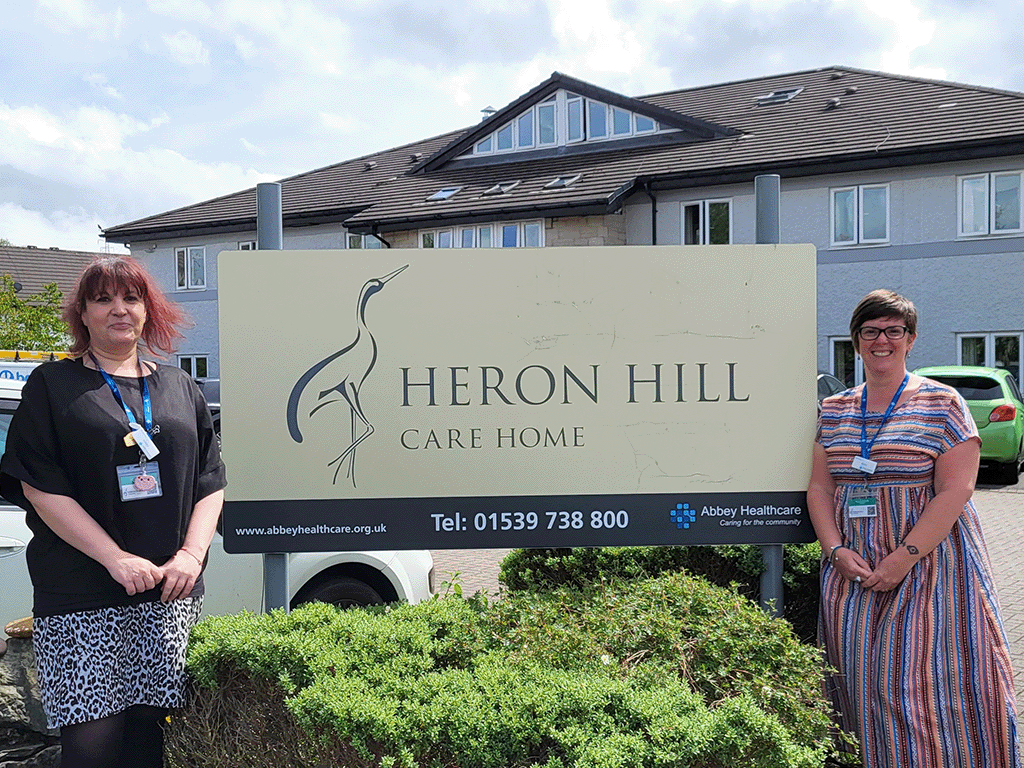
Herron Hill steps into the future with digital supervision
Falls are one of the biggest challenges in elderly care in the UK, and Herron Hill has taken a step to help falls prevention in the institutional care facility. How has the first couple of months been?

This is how Bodø municipality implemented digital supervision and safeguarded privacy
Digital supervision can provide benefits in the form of better resource allocation for healthcare personnel and increased quality of life for users. But how to protect privacy?

